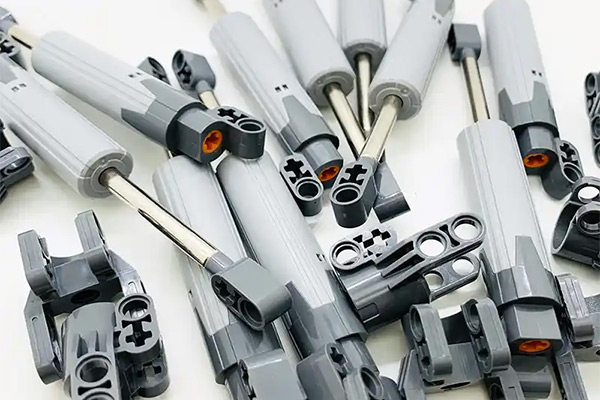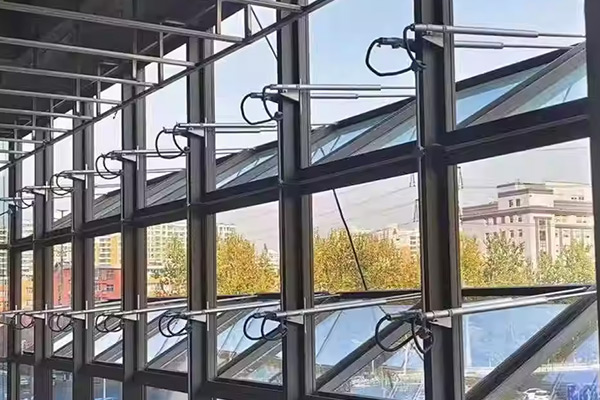What is the difference between AC and DC linear actuators?
AC (Alternating Current) and DC (Direct Current) linear actuators both convert rotational motion from an electric motor into linear push and pull movement. However, the type of power they use results in key differences in their design, performance, and ideal applications.
Here's a breakdown of the main differences between AC and DC linear actuators:
1. Power Source and Voltage
DC Linear Actuators: These run on direct current, which is what you get from batteries, solar panels, and rectified power supplies. Common voltages are 12V and 24V, making them ideal for mobile applications, vehicles, and battery-powered systems.
AC Linear Actuators: These use alternating current, which is the standard power found in household outlets and industrial facilities. This makes them suitable for applications that are permanently installed and connected to the grid, often at 120V or 240V.
2. Motor Design and Control
Typically use brushed or brushless DC motors.
Brushed DC motors have physical brushes and a commutator that reverse the current direction, which can lead to wear and a shorter lifespan. They are generally simpler and more cost-effective.
Brushless DC motors (BLDC) are more durable and efficient as they don't have brushes, but they require a more complex external controller.
Speed control is relatively straightforward, often achieved by simply varying the voltage supplied to the motor.
AC Linear Actuators:
AC motors do not require brushes or a commutator to reverse the current direction, as the power source itself alternates. This generally results in a simpler, more durable motor with less maintenance.
Controlling the speed of an AC motor is more complex and typically requires a Variable Frequency Drive (VFD), which alters the frequency of the AC power.
3. Performance and Applications
DC Linear Actuators:
Often favored for lower power applications where precision and smooth, adjustable movement are needed.
Known for providing high starting torque, which is useful for moving heavy loads from a standstill.
Commonly found in home automation (e.g., standing desks, recliners), robotics, medical equipment (e.g., hospital beds), and automotive systems.
They are more energy-efficient for applications with frequent start-and-stop cycles.
AC Linear Actuators:
Generally used in heavy-duty industrial applications that require high power and continuous operation.
Can handle higher loads and speeds than most DC linear actuators.
More difficult to control with high precision compared to DC actuators, making them less suitable for fine motion tasks.
Ideal for machinery, conveyor systems, and other industrial equipment where a constant speed and powerful force are needed.





